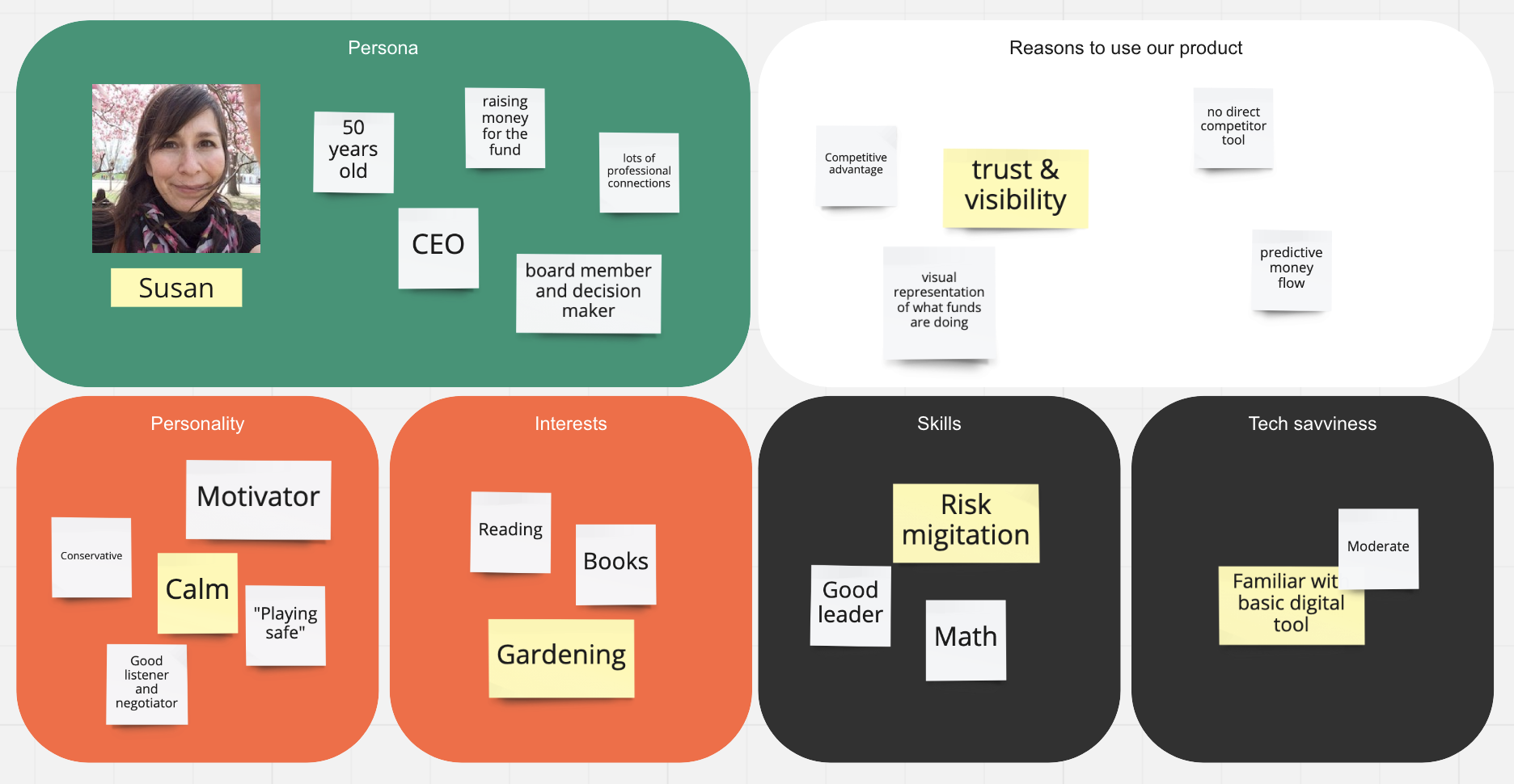Designed music investment SaaS for Europe fastest-growing startup
Products: Utopia Investor Services; Utopia Design System
Type: B2B, Music Tech, Investment Intelligence, SaaS
Role: Senior Product Designer
Duration: 2021 – 2023
Expertises: Design Leadership, Product Design, Design System, User Research
Impact: Launched Utopia ForeCast ™ that helped reduce turnaround time from 3 weeks to hours ; Established Utopia DS 1.0 for 7 product teams
The challenge
Investing in music rights is a lucrative yet complex market, traditionally reliant on manual processes involving spreadsheets, local collection societies, and legal teams. This approach was time-consuming, error-prone, and lacked scalability.
Our goals
To develop a robust, automated platform that simplifies and enhances the music rights investment process, providing accurate, real-time insights for investors.
My role
As senior product designer, I spearheaded the design and development of Utopia ForeCast™ and led the creation of the Utopia Design System. My responsibilities included:
Conducting user research to understand investor needs and pain points
Designing intuitive user interfaces that present complex data clearly
Collaborating with cross-functional teams to ensure seamless integration and functionality
Our approach
User-Centered Research
Engaged with a select group of industry professionals to gather insights
Identified key challenges in the existing investment analysis process
Design and Development
Created a user-friendly interface that automates data matching and analysis
Integrated AI models to provide predictive reporting and insights
Design System Implementation
Developed a comprehensive design system to ensure consistency across products
Facilitated collaboration among designers and developers through standardized components
Outcome
Utopia ForeCast was launched after 9 months of development, utilizing over 200 data points, reduced turnaround time from weeks to hours.
Utopia DS was being used by 7 product teams, contributed to by over 50 designers and developers, with 100+ design tokens, 300+ react UI components, 1000+ merge requests.















